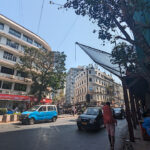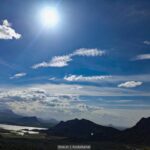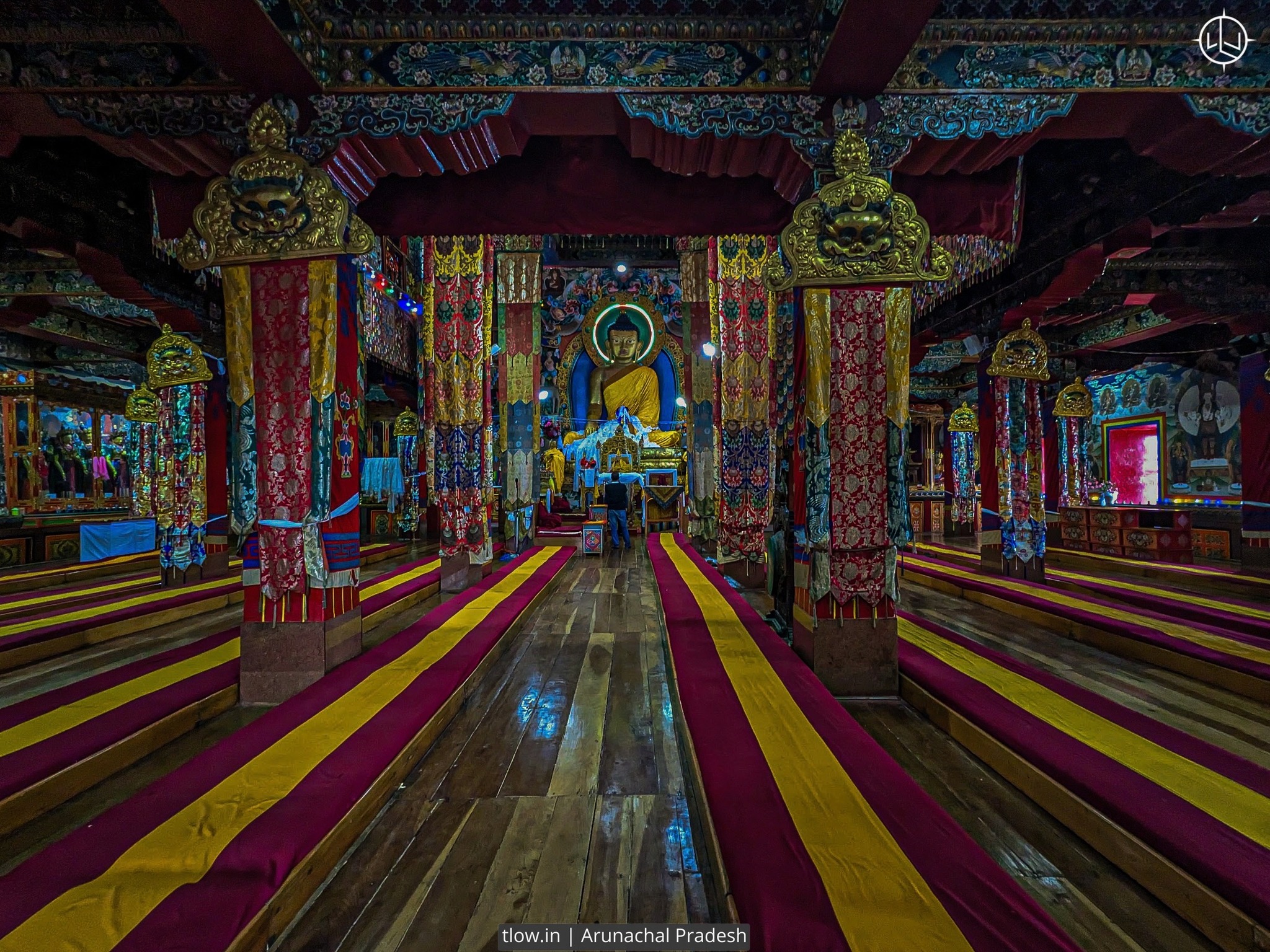
15 superb Tawang Monastery Facts in Arunachal Pradesh
Tawang Monastery, also known as Galden Namgyal Lhatse, is one of the most prominent and largest monasteries in India, located in the picturesque Tawang district of Arunachal Pradesh. Nestled at an altitude of approximately 10,000 feet in the eastern Himalayas, this iconic Buddhist monastery holds immense spiritual and historical significance.
The Tawang Monastery is a Buddhist monastery located in the Indian state of Arunachal Pradesh that overlooks the Tawang River valley and is situated at an altitude of approximately 3,000 meters (10,000 feet).
The monastery was founded in 1680-1681 by Merak Lama Lodre Gyatso, who is said to have had a divine vision directing him to build the monastery in Tawang. The construction of the monastery took several years and was completed with the help of local people.

Table of Contents
The Monastery was founded in the 17th century by Merak Lama Lodre Gyatso, a disciple of the famous Tibetan Buddhist saint, the 5th Dalai Lama. This grand structure serves as the spiritual and cultural center for Tibetan Buddhism in the region. The monastery is renowned for its breathtaking architecture, including a 3-story assembly hall, beautifully adorned interiors, and a massive golden Buddha statue.
The Monastery is one of the largest Buddhist monasteries in India and is also the birthplace of the 6th Dalai Lama, Tsangyang Gyatso. The monastery is affiliated with the Gelug sect of Tibetan Buddhism and has several prayer halls, residential quarters for monks, and religious artifacts.
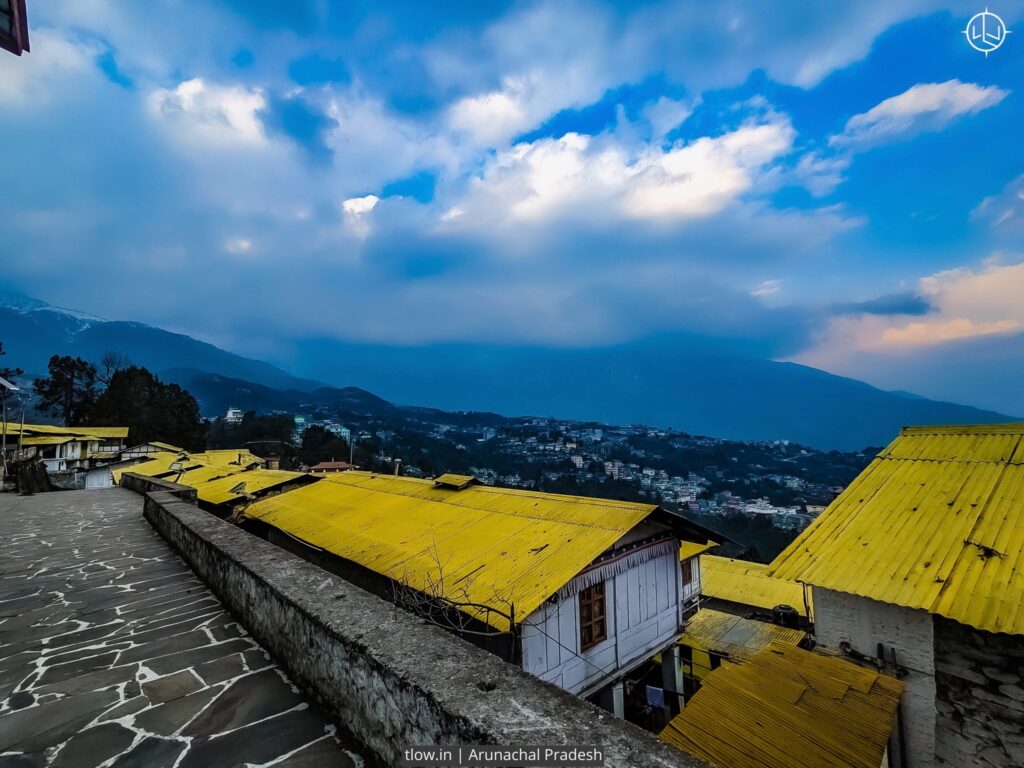
The history of Tawang Monastery is intertwined with the rich Tibetan-Buddhist heritage of the region. It has played a pivotal role in preserving Tibetan Buddhist teachings and traditions. Tawang has witnessed many historical events, including the visit of the 6th Dalai Lama, Tsangyang Gyatso, during the 17th century.
The monastery is not only a religious center but also an important cultural and educational institution. It serves as a learning center for young monks who receive education in Buddhist philosophy, literature, and sacred arts. The monastery also houses a museum which exhibits various religious artifacts, thangka paintings, and ancient manuscripts.
Taglines
1. “Tawang Monastery: Where Spirituality Meets Serenity in the Himalayas.”
2. “Discover Tawang: A Journey to the Heart of Tibetan Buddhism.”
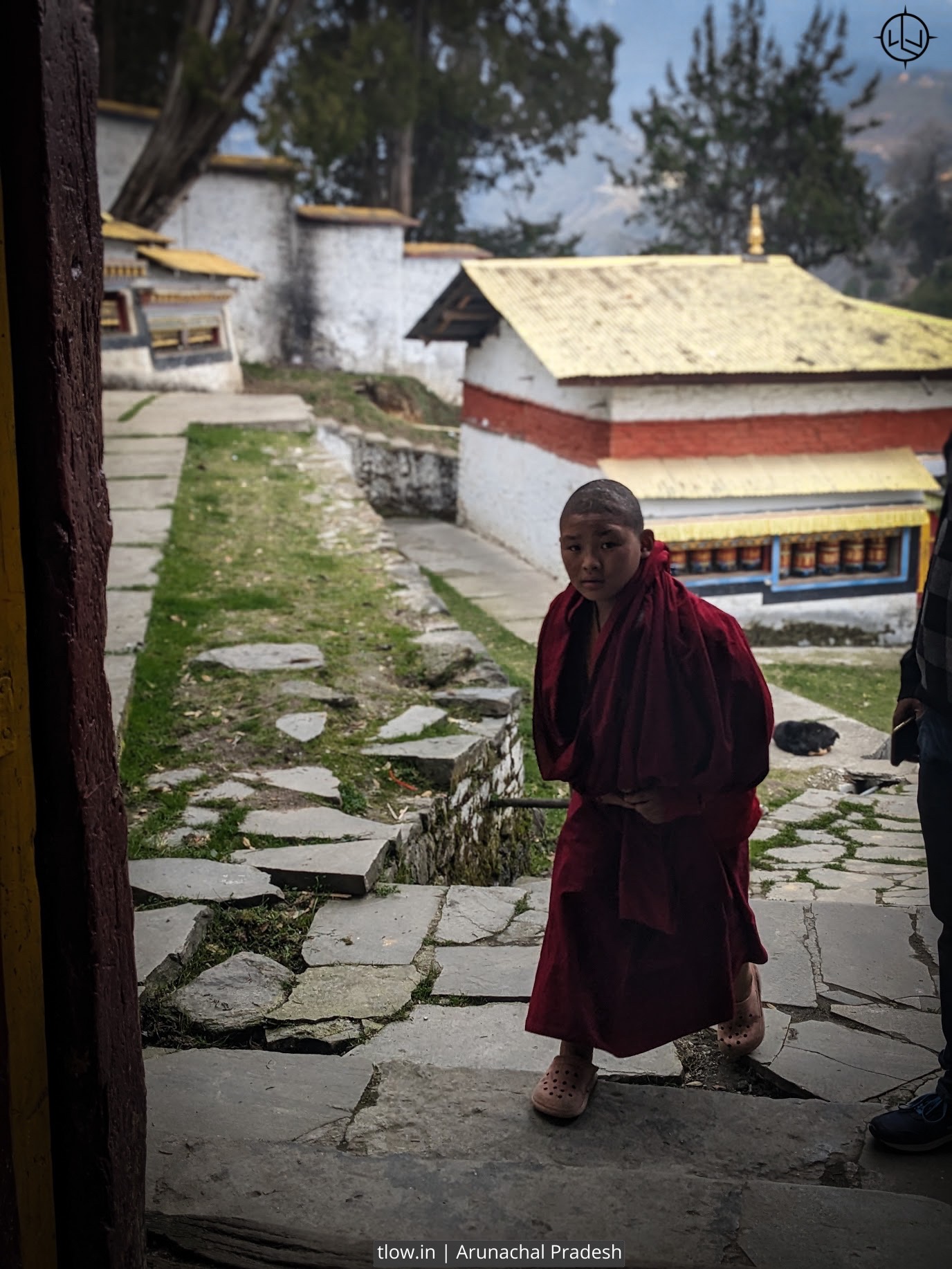
15 Tawang Monastery Facts:
1. The Monastery is the second-largest Buddhist monastery in the world, after Potala Palace in Lhasa, Tibet.
2. The monastery is perched atop a hill, offering panoramic views of the Tawang Valley.
3. It houses a massive Thangka (scroll painting) that is unveiled during the Tawang Festival.
4. The library within the monastery contains a vast collection of ancient Buddhist scriptures and manuscripts.
5. The place is home to over 300 monks who follow the Gelugpa sect of Tibetan Buddhism.
6. The monastery’s architecture reflects a blend of Tibetan and Indian styles.
7. The annual Torgya Festival, celebrated in January, is a major religious event here.
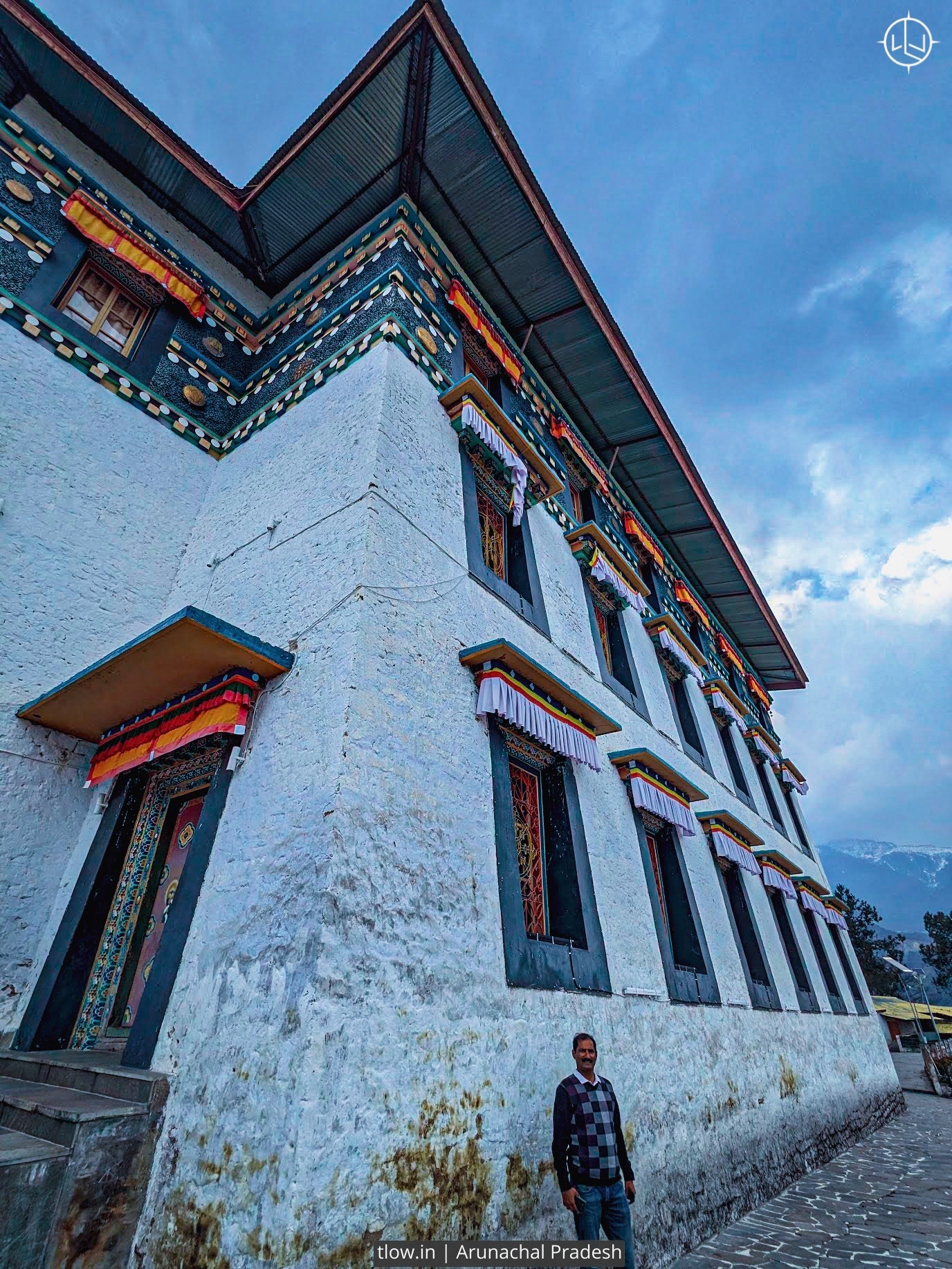
8. Tawang Monastery also serves as a center for monastic education and religious studies.
9. The 8-meter-high statue of Lord Buddha inside the monastery is a significant attraction.
10. It is a pilgrimage site for Buddhists from across the world.
11. The monastery is adorned with colorful murals, thangkas, and religious artifacts.
12. It has been featured in several documentaries and films due to its cultural and architectural significance.
13. The monastery complex includes living quarters, a school, and a museum.
14. The Tawang War Memorial, commemorating the 1962 India-China war, is located nearby.
15. Visitors can participate in the daily rituals and prayers conducted by the monks.
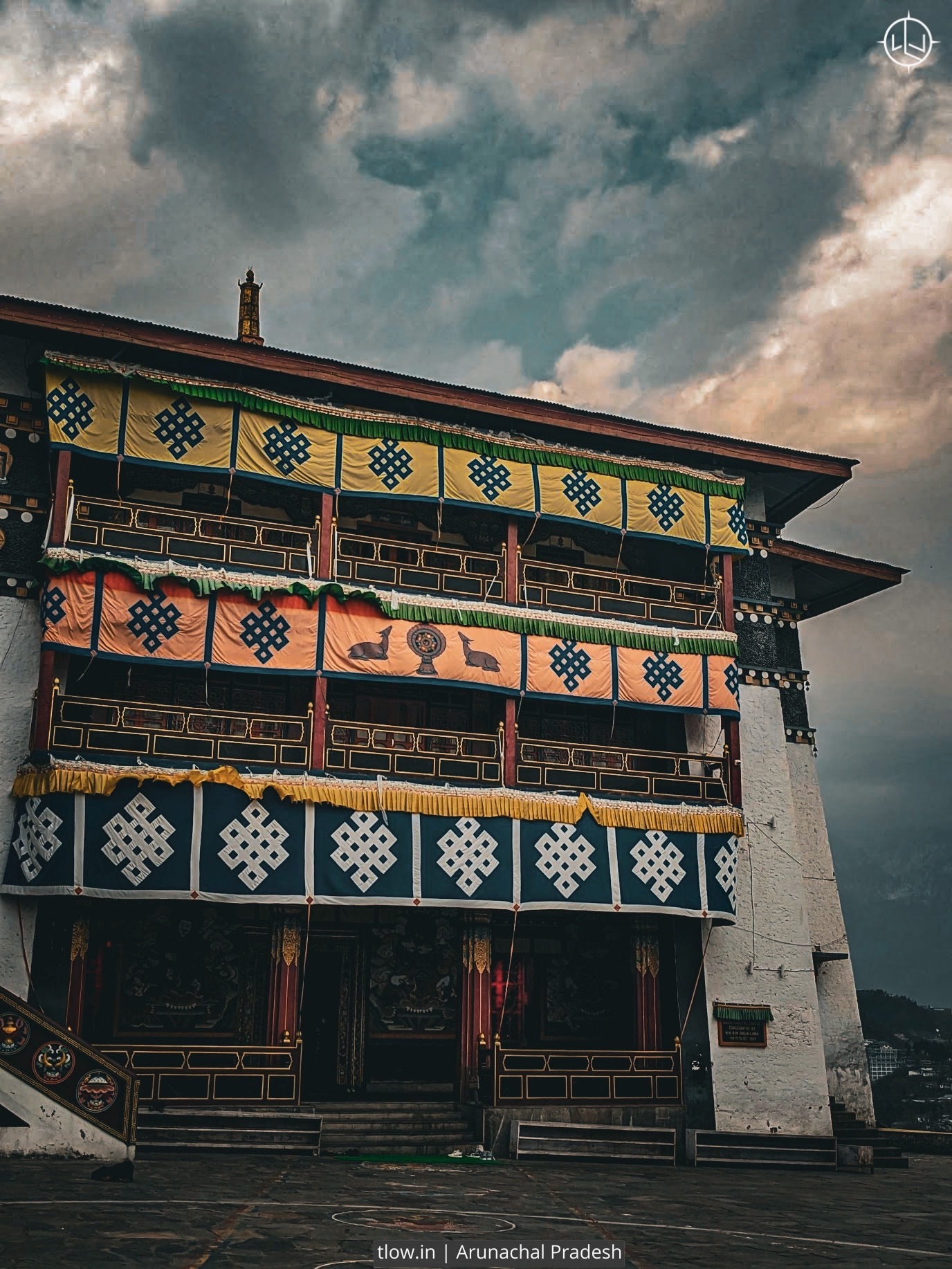
Best Time to Visit:
The best time to visit Tawang Monastery is from March to October when the weather is relatively pleasant. The summer months (March to June) offer comfortable temperatures for exploring the region, and the monsoon season (July to September) should be avoided due to heavy rains. Winter (November to February) can be extremely cold, but it provides a unique experience for those interested in witnessing snowfall.
Tawang Monastery is a popular tourist destination and attracts a large number of visitors, both pilgrims and tourists, from around the world. The monastery offers breathtaking views of the surrounding Himalayan mountains and is known for its serene and peaceful atmosphere.
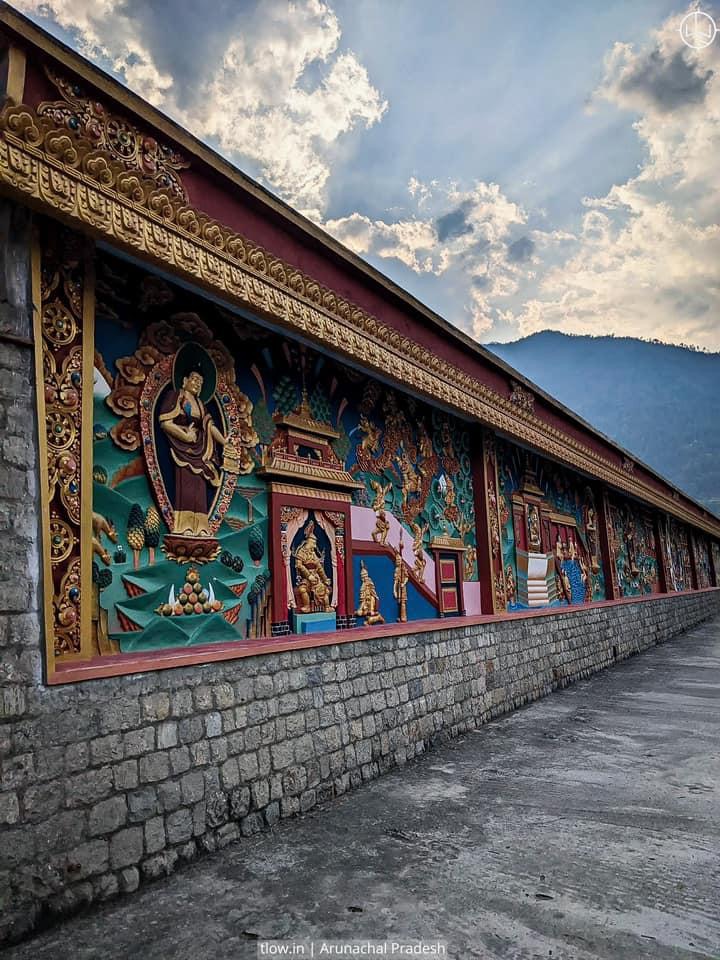
What to Carry When Visiting:
When visiting Tawang Monastery, consider packing:
– Warm clothing, especially if visiting during the colder months.
– Comfortable walking shoes or boots for exploring the hilly terrain.
– Sunglasses, sunscreen, and a hat to protect against the sun.
– A camera or smartphone for capturing the stunning views and architecture.
– Cash, as ATM facilities may be limited in the region.
– A reusable water bottle to stay hydrated.
– Any necessary medications and a first-aid kit.
However, Tawang Monastery has been a subject of territorial dispute between India and China, as it falls within the disputed region of Arunachal Pradesh. Both countries claim sovereignty over the area, and this has led to tensions and occasional border clashes in the region. Despite the political issues, the monastery continues to serve as a significant spiritual and cultural landmark for the people of Arunachal Pradesh and beyond.




